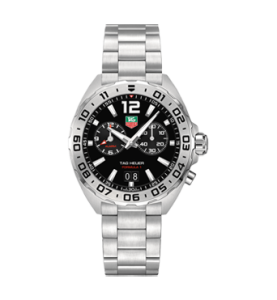
Choosing the right props for food photography is good for creating captivating and visually appealing images. Props can improve the story you want to tell, complement your food, and set the mood for your shots. If you are a food stylist photographer, here’s a guide on how to select the perfect props to elevate your food photography.
Consider the theme:
The first step in selecting props is to determine the theme of your shoot. Is it rustic, modern, elegant, or casual? The theme will guide your choices and help create a cohesive visual narrative. For example, if you’re shooting a farm-to-table dish, you might opt for wooden cutting boards, burlap tablecloths, and earthy tones. Conversely, for a modern dish, sleek white plates and minimalist glassware would be more appropriate.
Match the color palette:
A well-thought-out color palette can significantly impact the overall aesthetic of your food photography. Consider the colors in your dish and choose props that either complement or contrast with these hues. Neutral colors often work well, allowing the food to be the focal point. However, adding a pop of color through props can also improve the visual appeal. Always ensure that the props do not overpower the food but rather improve its colors and textures.
Focus on texture:
Texture plays a vital role in food photography, adding depth and interest to your images. When selecting props, consider incorporating various materials that create an engaging visual experience. For instance, pairing a smooth ceramic plate with a rustic wooden table can create a pleasing contrast. Textured linens, such as linen napkins or rough-hewn tablecloths, can also add a layer of visual interest without distracting from the main subject.
Choose appropriate tableware:
The choice of tableware can significantly influence the presentation of your food. Plates, bowls, and utensils should be selected based on the type of food you’re photographing. For instance, a delicate dessert might look best on a fine china plate, while hearty comfort food may be best showcased in rustic stoneware. Ensure that the size of the tableware is proportionate to the food; a large plate can make a small portion look insignificant, while a small plate might overwhelm a large dish.
Incorporate natural elements:
Natural elements, such as herbs, fruits, or vegetables, can add freshness and authenticity to your food photography. Incorporating these elements as props improves the visual appeal and also reinforces the concept of the dish. For example, placing a sprig of rosemary next to a roasted chicken or scattered berries around a dessert can create a more inviting and appetising image.

